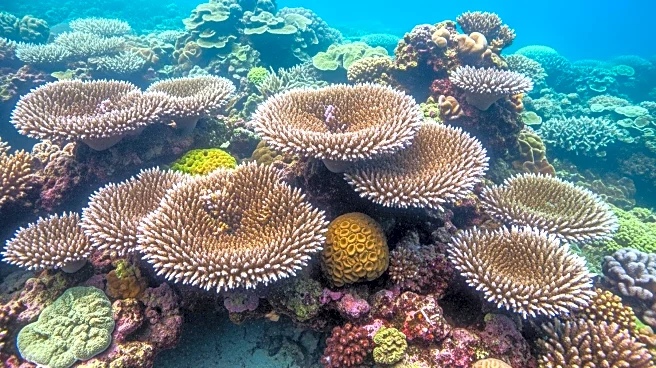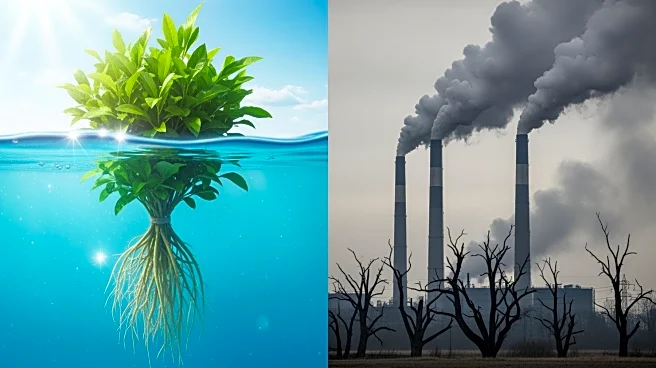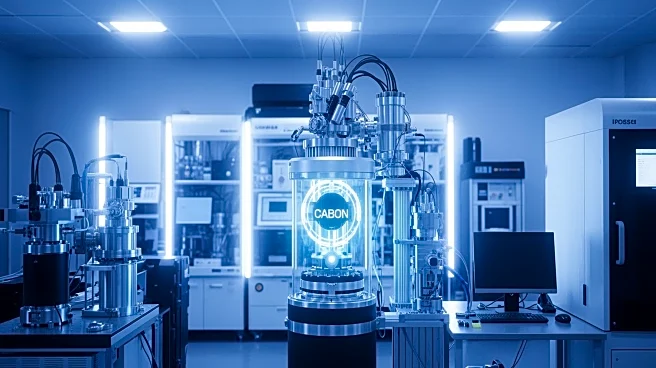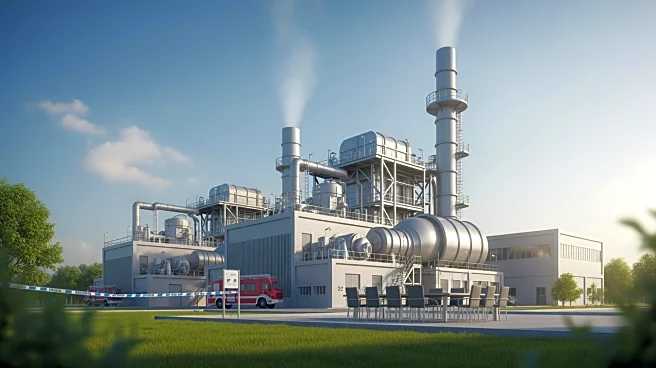What's Happening?
A recent study has explored the environmental and spatial factors influencing the survival and growth of corals seeded on engineered devices across the Great Barrier Reef (GBR). The research found that
survival rates varied significantly among sites and species, with fine-scale conditions at the device level playing a more crucial role than broader environmental gradients. The study highlights the importance of localized environmental heterogeneity and transient events, such as sedimentation, in shaping coral recovery. The findings suggest that while hydrodynamic factors negatively impact early survival, they do not predict long-term mortality, emphasizing the need for fine-scale monitoring and adaptive management in coral restoration efforts.
Why It's Important?
The study's findings are significant for coral restoration initiatives, particularly in the context of climate change and environmental degradation. By identifying the key factors that influence coral survival, the research provides valuable insights for improving restoration strategies. This could enhance the resilience of coral ecosystems, which are vital for marine biodiversity and coastal protection. The study underscores the need for tailored site selection and deployment strategies, which could lead to more effective and scalable restoration efforts, benefiting both the environment and communities reliant on healthy reef systems.
Beyond the Headlines
The research highlights the complexity of coral restoration, where fine-scale environmental factors can significantly impact outcomes. This underscores the importance of integrating detailed environmental assessments into restoration planning. The study also raises questions about the feasibility of large-scale monitoring and the potential for adaptive management to address unexpected environmental changes. These insights could inform future policy and funding decisions, promoting more sustainable and effective approaches to coral conservation.












